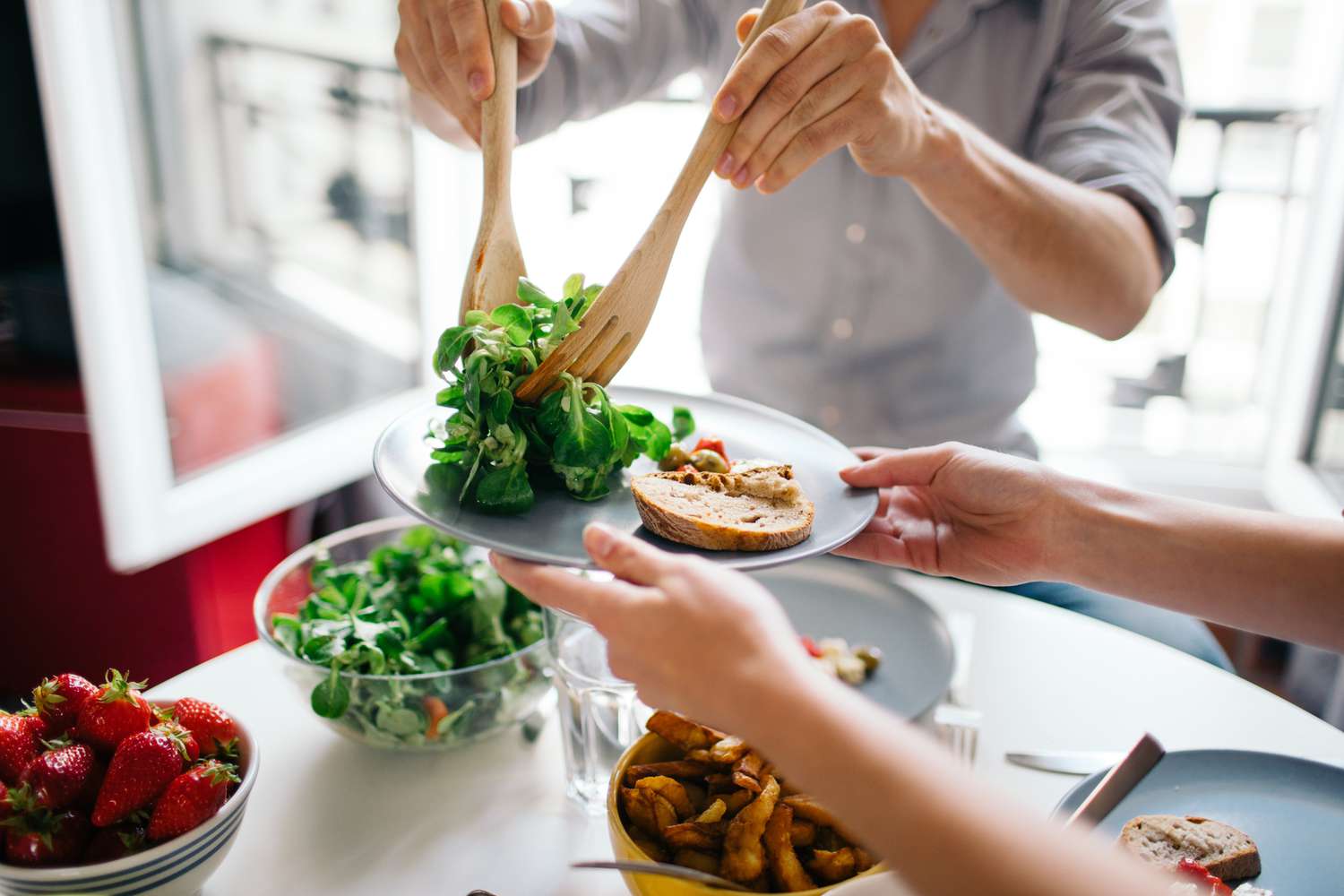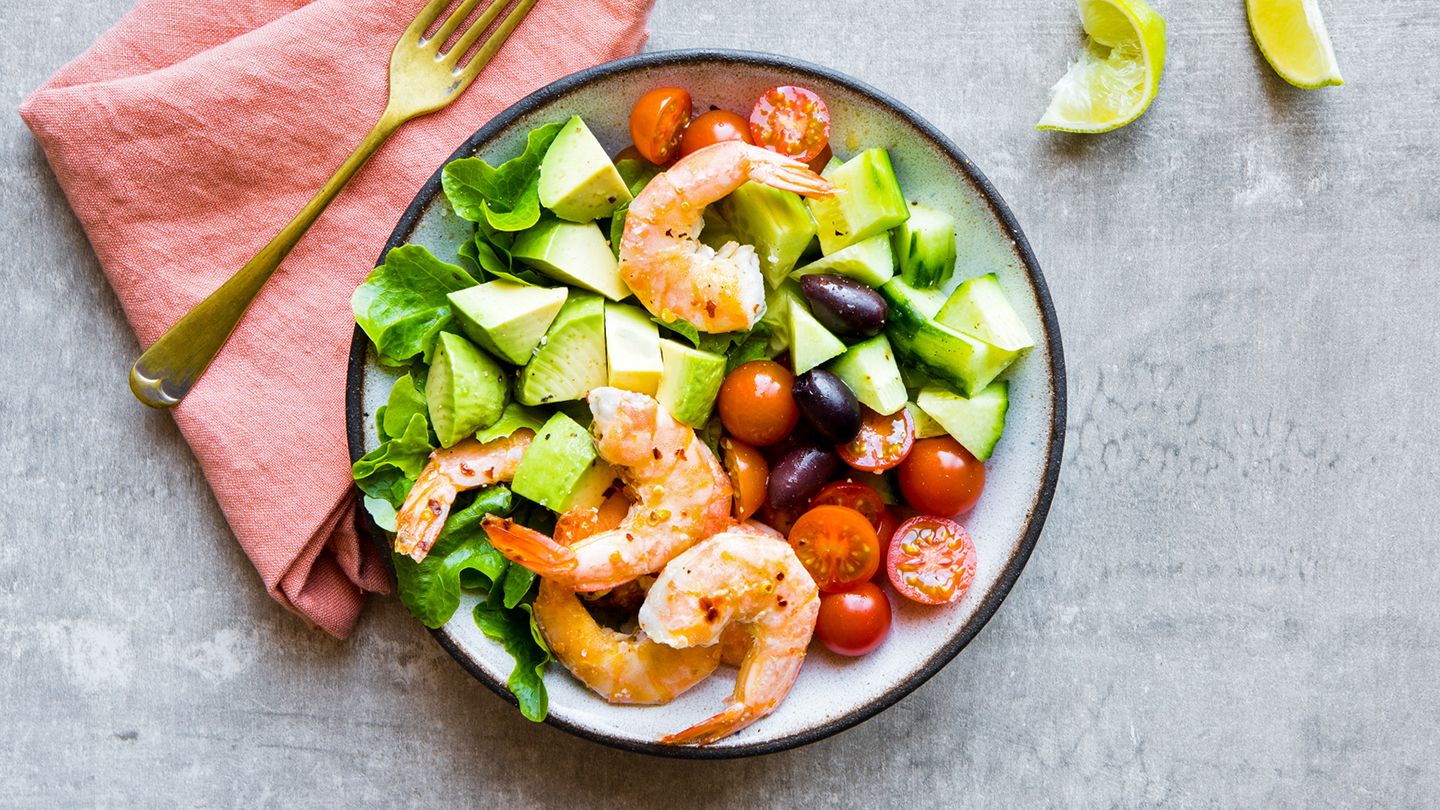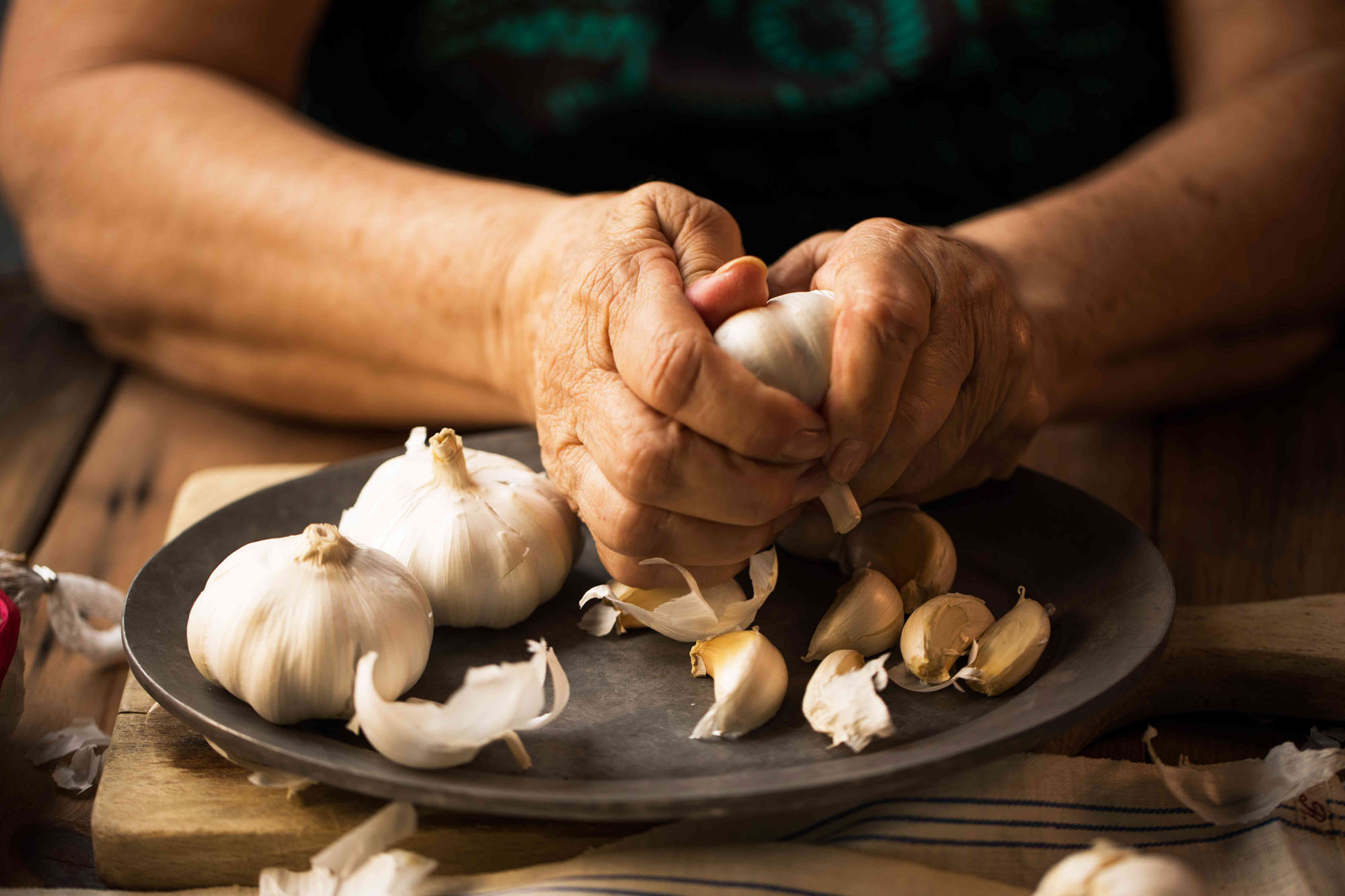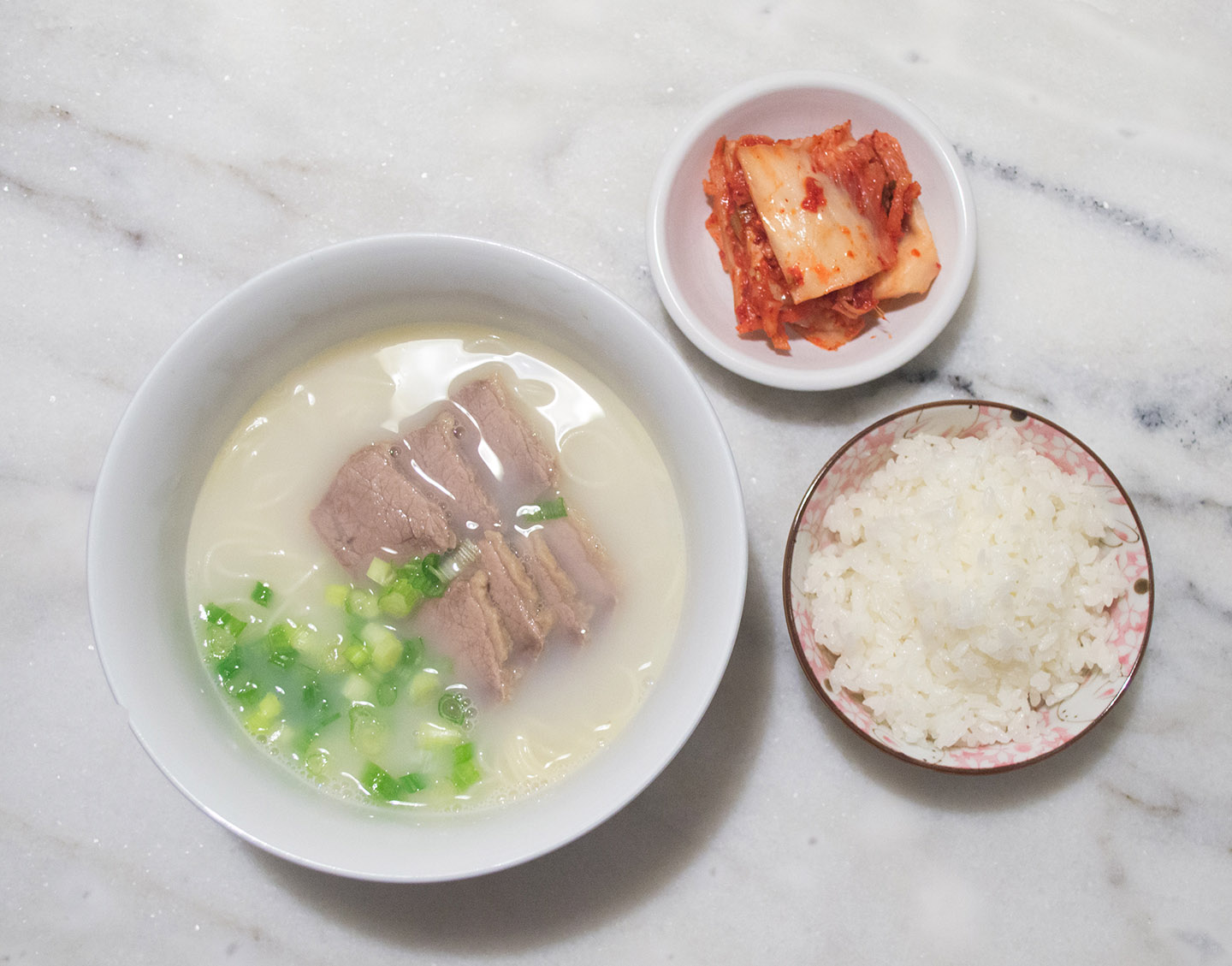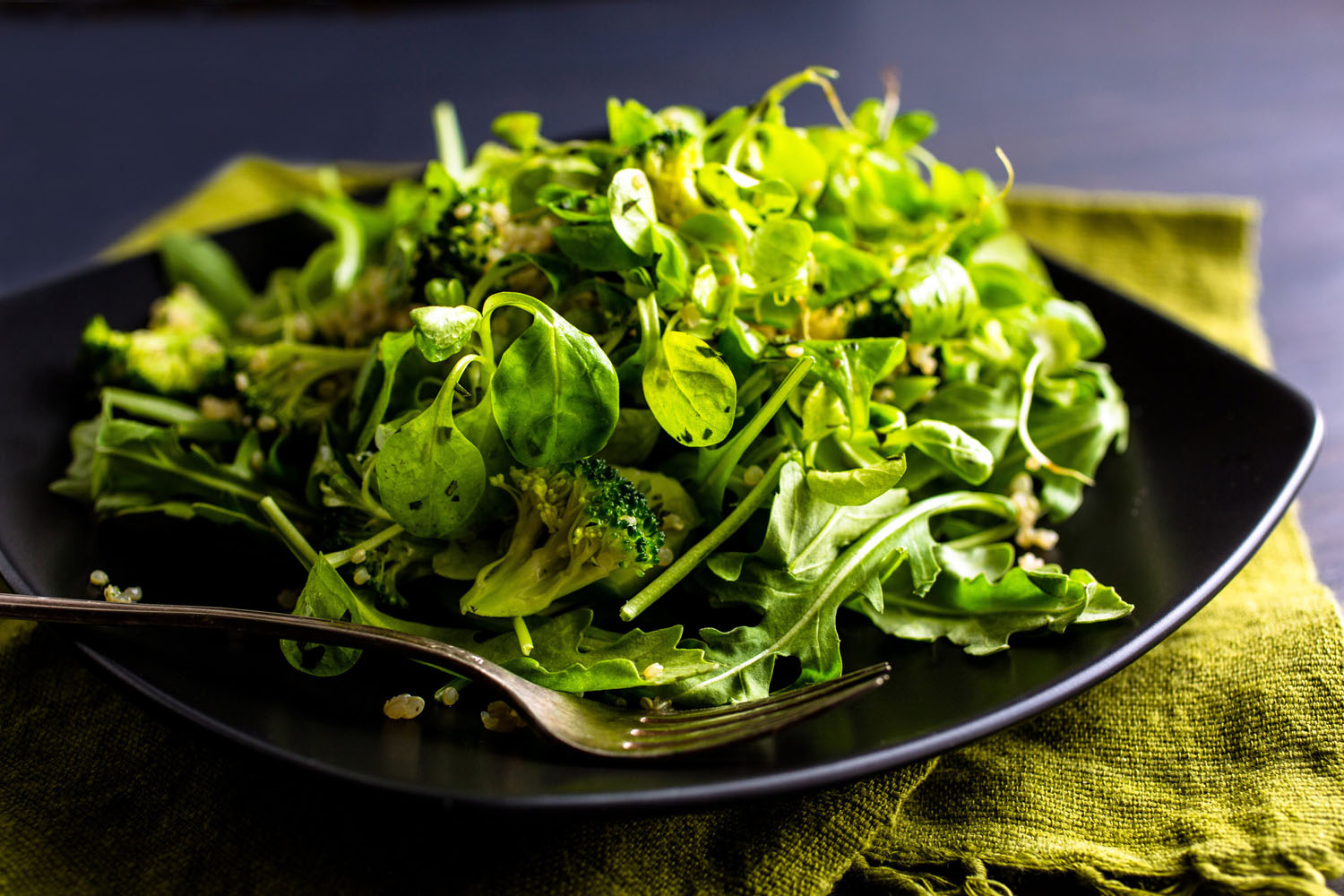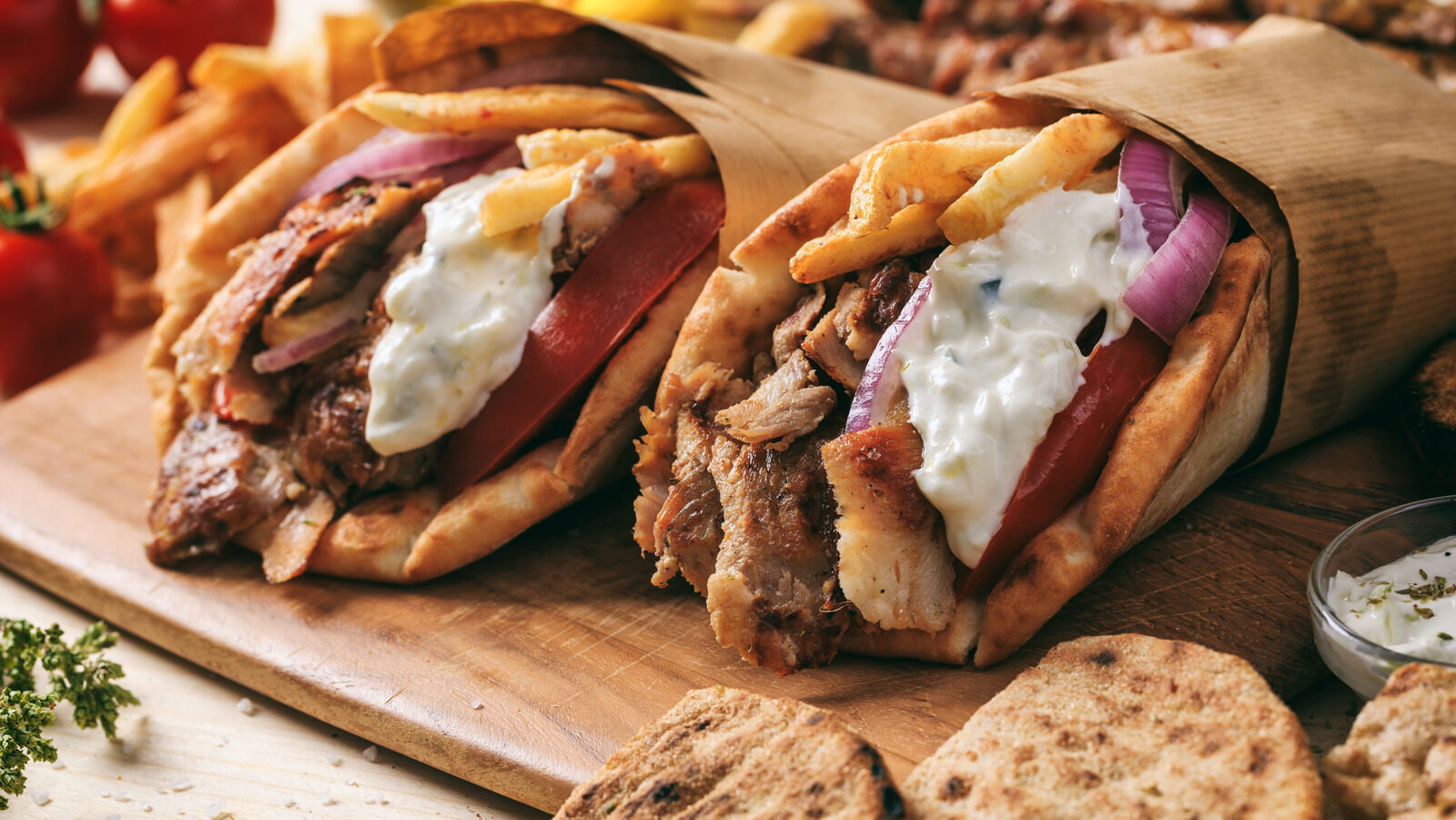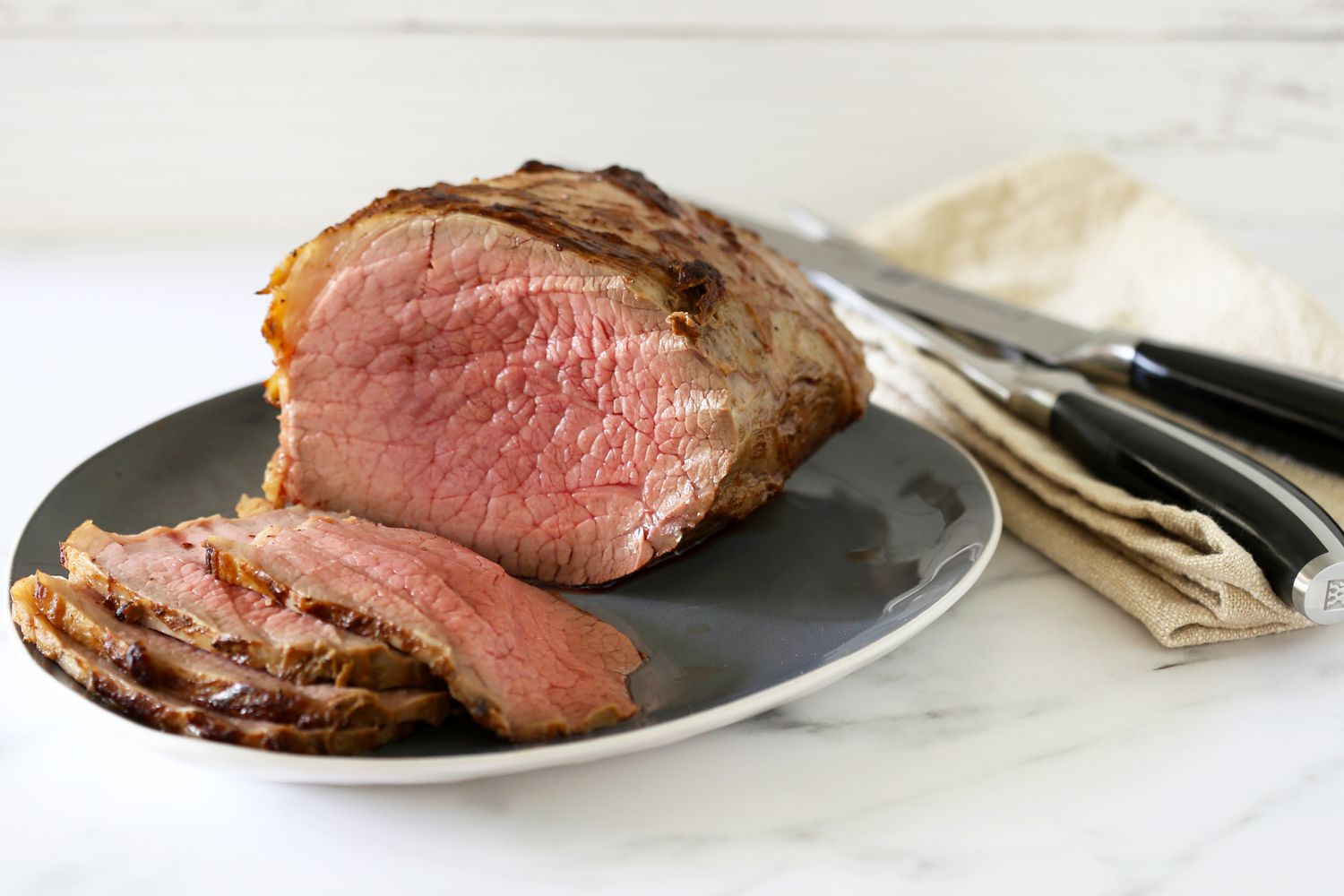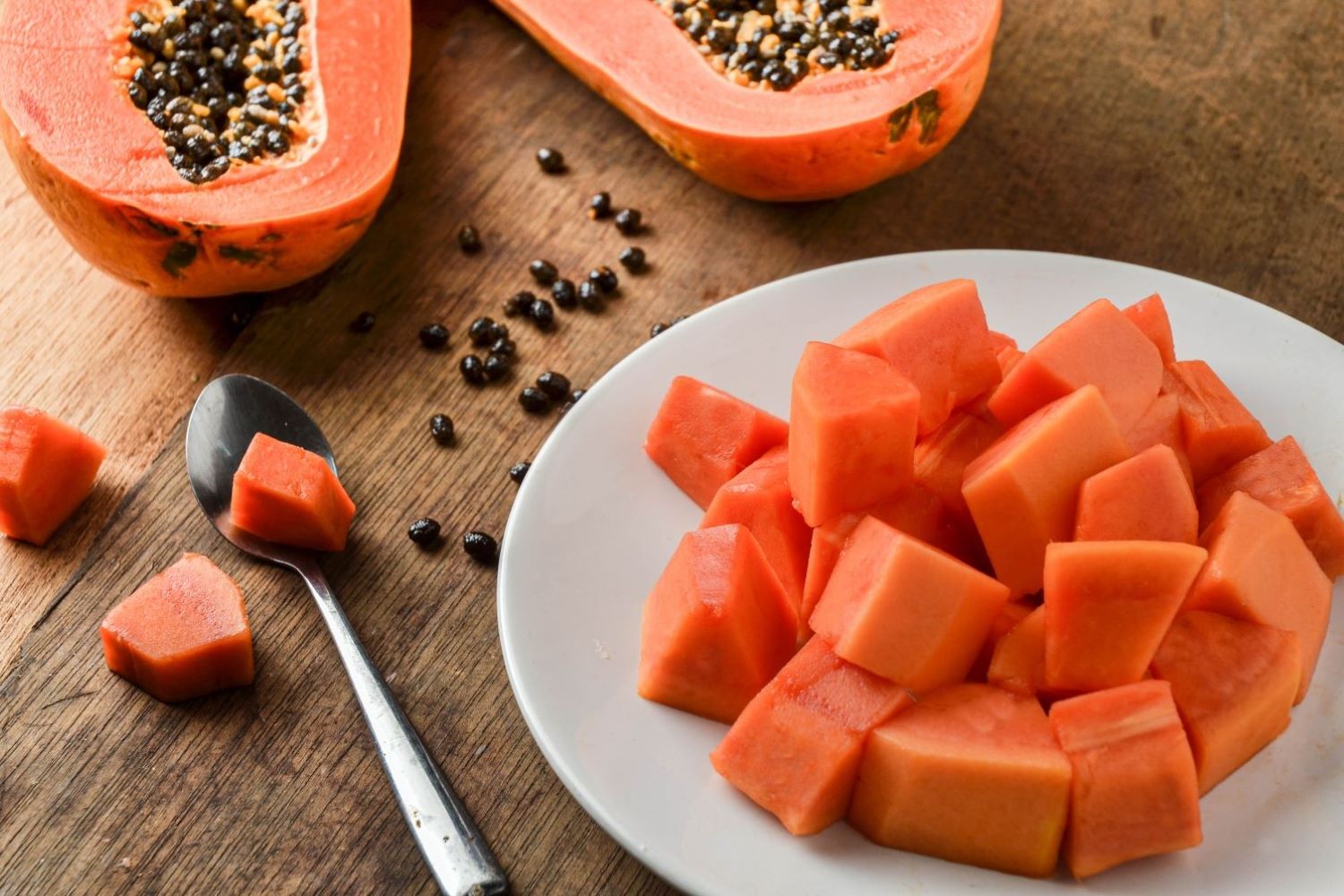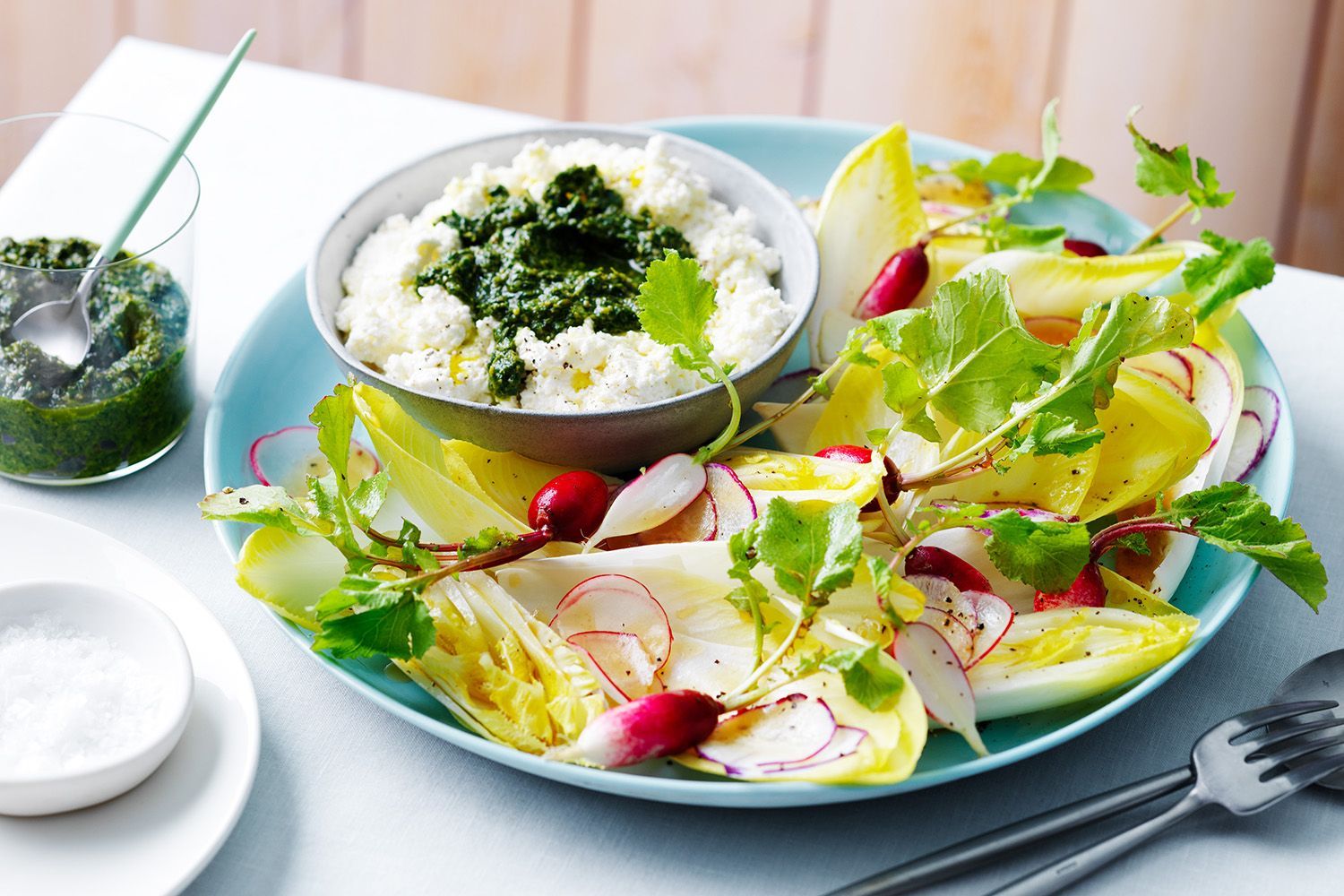How to Enjoy a Low-Carb Lifestyle
Are you looking to reduce your carb intake to less than 150 grams per day? Whether you’re aiming to lose weight, manage your blood sugar levels, or simply improve your overall health, following a low-carb diet can be a beneficial choice. By making mindful food choices and incorporating delicious, low-carb options into your meals, you can easily achieve your goal of consuming less than 150 grams of carbs per day.
Focus on Whole Foods
When it comes to reducing your carb intake, it’s essential to focus on consuming whole, unprocessed foods. These foods are not only lower in carbs but also packed with essential nutrients that support your overall well-being. Here are some whole foods that can help you stay within the 150-gram carb limit:
- Leafy greens such as spinach, kale, and lettuce
- Non-starchy vegetables like broccoli, cauliflower, and bell peppers
- Lean proteins including chicken, turkey, fish, and tofu
- Healthy fats like avocados, nuts, and olive oil
- Low-sugar fruits such as berries and melons
Choose Low-Carb Alternatives
One of the keys to successfully reducing your carb intake is to find low-carb alternatives to your favorite foods. By making simple swaps, you can still enjoy delicious meals while staying within your carb limit. Here are some easy substitutions to consider:
- Replace pasta with zucchini noodles or shirataki noodles
- Opt for cauliflower rice instead of traditional rice
- Use lettuce wraps in place of tortillas for tacos and sandwiches
- Enjoy cauliflower crust pizza instead of traditional pizza crust
- Snack on cucumber slices or celery sticks with hummus instead of chips
Be Mindful of Hidden Carbs
While it’s important to focus on the carb content of the foods you eat, it’s also crucial to be mindful of hidden carbs that can add up quickly. Some foods may contain hidden sugars and starches that can impact your carb intake. When shopping for groceries, be sure to check food labels for hidden carbs, and opt for products with minimal added sugars and refined flours.
Plan Your Meals in Advance
Meal planning can be a game-changer when it comes to sticking to a low-carb diet. By planning your meals in advance, you can ensure that you have nutritious, low-carb options readily available, reducing the temptation to reach for high-carb convenience foods. Consider preparing your meals for the week ahead of time, so you always have a healthy option on hand.
Enjoying a Balanced Low-Carb Diet
Following a low-carb diet doesn’t mean you have to sacrifice flavor or variety in your meals. With a little creativity and planning, you can enjoy a wide range of delicious, satisfying foods while keeping your carb intake below 150 grams per day. Remember to focus on whole foods, make smart substitutions, be mindful of hidden carbs, and plan your meals in advance to set yourself up for success on your low-carb journey.
By incorporating these strategies into your daily routine, you can embrace a balanced low-carb lifestyle that supports your health and wellness goals.
